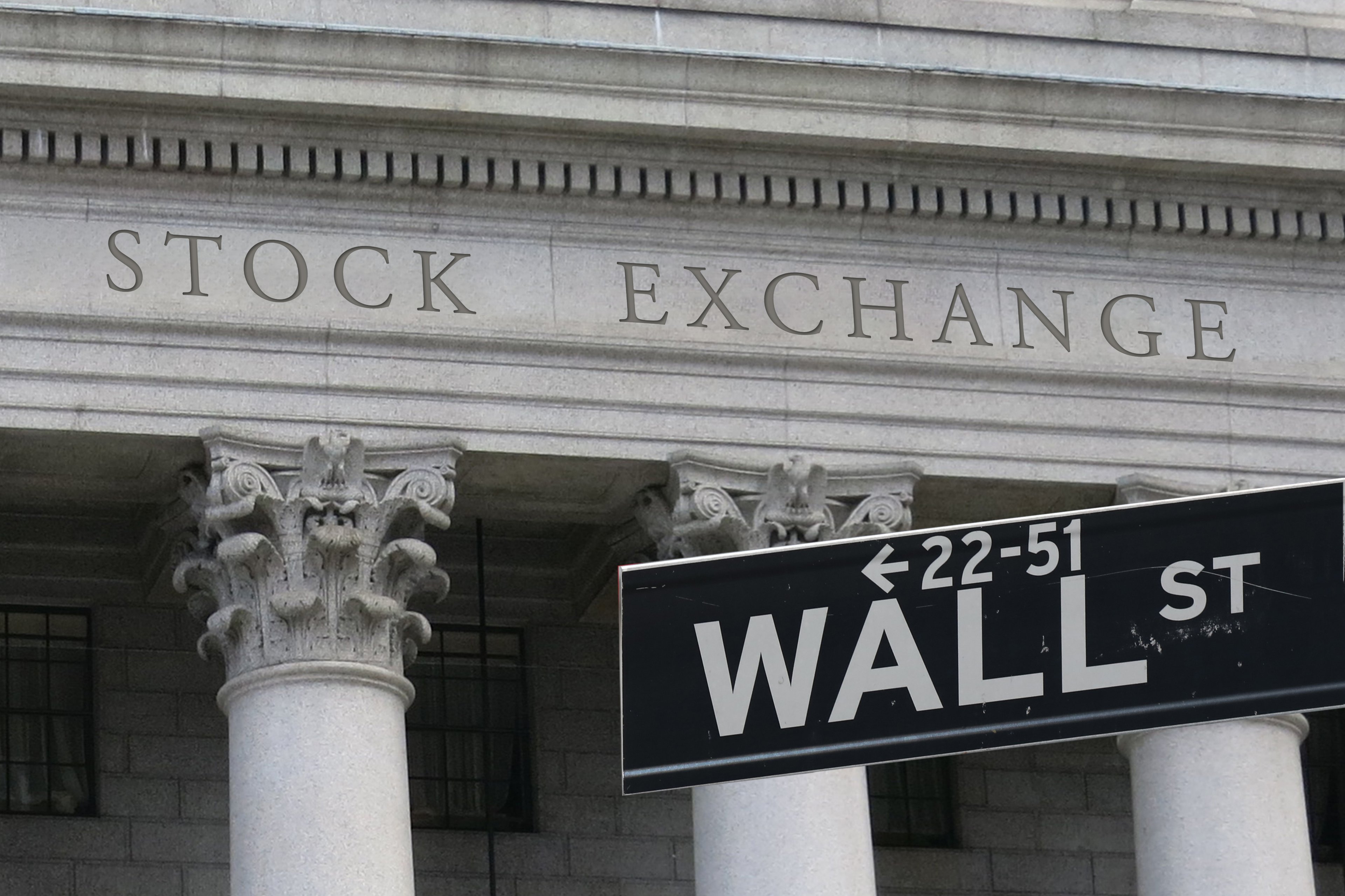
The entrance to "The Corner," the one-time headquarters of JPMorgan Chase. Image source: Getty (Thinkstock/iStock).
I recently wrote about how JPMorgan Chase (JPM 2.58%) became the biggest bank in America in the wake of the financial crisis. Not only is it a compelling story, but embedded in it are critical lessons that investors in bank stocks would be wise to internalize if the extraordinary uncertainty pulsing through the markets right now continues.
Yet, even though we all know that JPMorgan Chase is enormous (it has a $2.5 trillion balance sheet!), the fact of the matter is that it's even bigger than it appears. That's because it not only oversees its own balance sheet, it also administers a vast quantity of assets for others.
It's true that JPMorgan Chase is a bank. And as a bank, it focuses on collecting deposits and making loans as well as investing excess cash into fixed-income securities such as government bonds and federally insured mortgage-backed securities, the latter of which -- loans and securities -- account for the majority of its $2.5 trillion worth of assets.
But this isn't the only business JPMorgan Chase engages in. As a universal bank, it also operates what may be the largest investment bank in the country -- combined, that is, with its commercial banking operations. Its investment bank helps companies go public, assists institutional investors in the purchase and sale of securities for their own portfolios, and advises companies on mergers and acquisitions.
There's something else that its investment bank does as well. Something that isn't as well known to many ordinary investors. Namely, it serves as a custodian for complex securities owned by hedge funds, insurance companies, university endowments, and other types of large investors.

Data source: JPMorgan Chase. Chart by author.
Mortgage-backed securities serve as a case in point. When most banks underwrite mortgages, they don't keep those loans on their balance sheet. They instead package the mortgages together and sell them as a security to large investors looking to profit from the interest payments on the underlying loans.
The catch is that these securities need an entity to administer them -- to collect and distribute the interest payments, as well as to ensure that the owners' contractual rights are enforced. That's where a bank like JPMorgan Chase comes in.
It's here in turn where JPMorgan Chase's true economic might is captured. As of the end of last year, it reported a staggering $20.5 trillion worth of so-called assets under custody. Add that to $1.8 trillion worth of assets under management -- assets in mutual funds, for instance, that are run by the New York-based bank -- and it becomes clear that JPMorgan Chase oversees significantly more capital than its massive $2.5 trillion balance sheet would otherwise lead one to believe.






